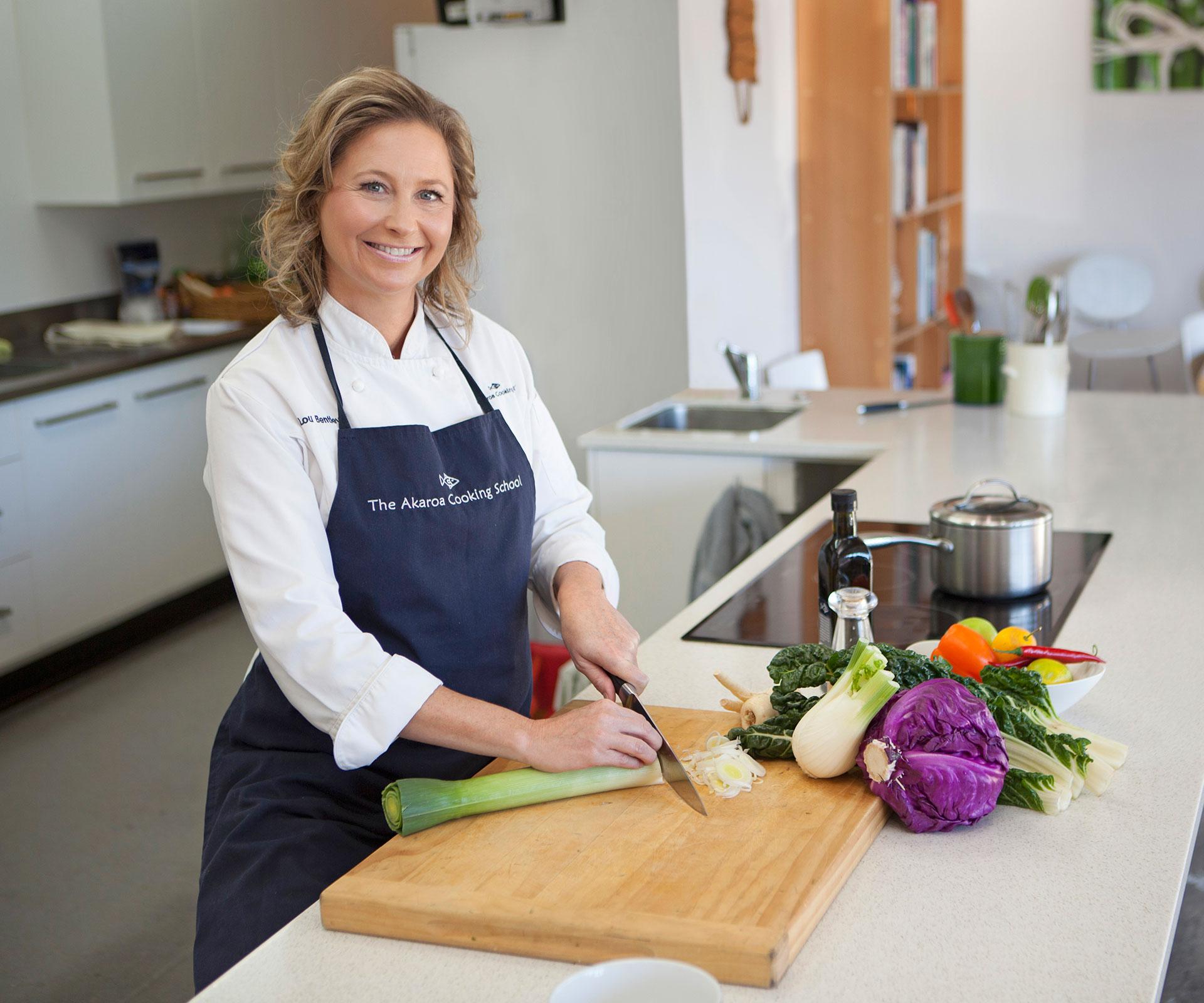It’s a cold Saturday morning at the Seagull Recycling Centre in Thames.
Heather Chesterman stands quietly, surveying the neatly arranged piles of unwanted household goods. Suddenly her energy changes as she spots a salt-glazed chimney tucked almost out of sight behind some wooden windows. Flagging down the attendant, she buys the chimney for less than $100 and loads it into the boot for the 20km drive home. Bob Dylan fills the car with sound.
Chesterman spends her life searching for treasures that other people call trash, turning them into works of art at her home at Tapu on the Thames Coast. A classic rolled-arm couch is transformed into a colourful mosaic sculpture; round timber frames from a foundry in Thames – originally used for casting steel machinery parts – become frames for the art in her sculpture park; a roll of chicken wire forms the heart of a series of huge boulders.
A modern hunter-gatherer, Chesterman has been a creator and forager for more than 40 years. In the 1970s, she moved to the Coromandel Peninsula with her late husband, Bryce, and the couple worked as potters with Barry Brickell in Coromandel township, before moving to Kuaotunu and later Tapu. Brickell’s mantra, “It’s not the thing, but how”, taught her that the attitude towards a task is more important than the task itself. “It has had a huge influence on my life,” she says.
In the 1970s, the Coromandel was wild compared to suburban Hamilton where the couple had been living, but they relished the alternative lifestyle of the time. Chesterman cherishes the time she spent with Brickell firing with diesel, coal, wood and salt. She still loves wood firing.
“It’s a very social, ritualistic, hot, sooty and sweaty time – constantly feeding a very hungry fire box, watching the flame patterns in the fire boxes swirl and form tunnels, the temperature climbing slowly so as not to blow up any pots.” When the firing is complete, the stillness is magical. “In the wee small hours, you can finally enjoy that glass of red.”

A copper-finned driftwood fish; and her treasured tool collection.
There have been tough times, too. Heather and Bryce separated and then the epic 1985 flood led to her relocating further up the hill with her three daughters. She built a garden studio there and several kilns to fire her work, including “quirky” terracotta garden pottery that can be found in galleries throughout the North Island. Each piece features a stamp of the ankh, the ancient Egyptian symbol of life.
Her art now dominates the 4.5ha property where scrubby paddocks have been transformed into an outdoor gallery, including a classical seven-circuit labyrinth dotted with mosaic sculptures, and a stone circle inspired by a trip to Stonehenge.
The Mahara Sculpture Park and Pottery, named after the old Mahara Royal gold mine that operated in the area during the 1890s, is open to the public seven days a week, maharasculpturepark.kiwi. In Maori, mahara means “creative thought” or “to remember” – a name as evocative as Chesterman’s “reimagined” art.
Words by: Joanna Wane
Photos: Nicola Edmonds


